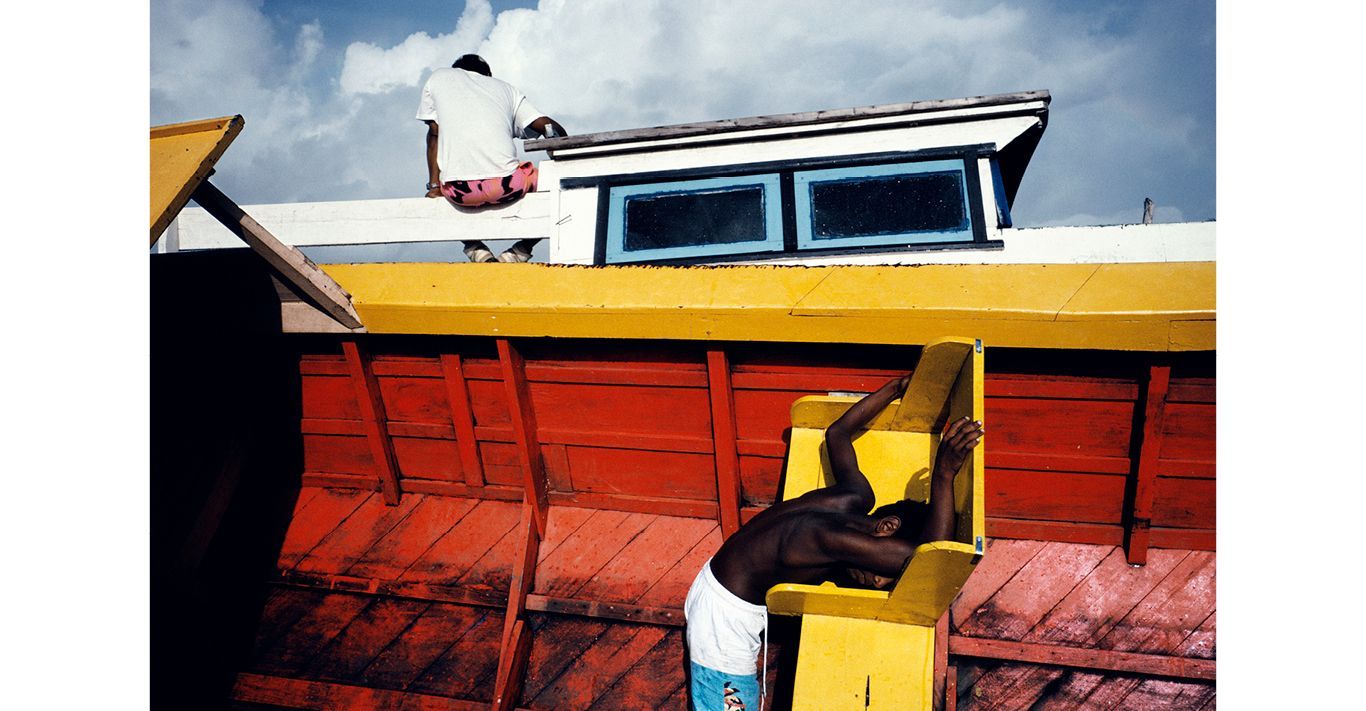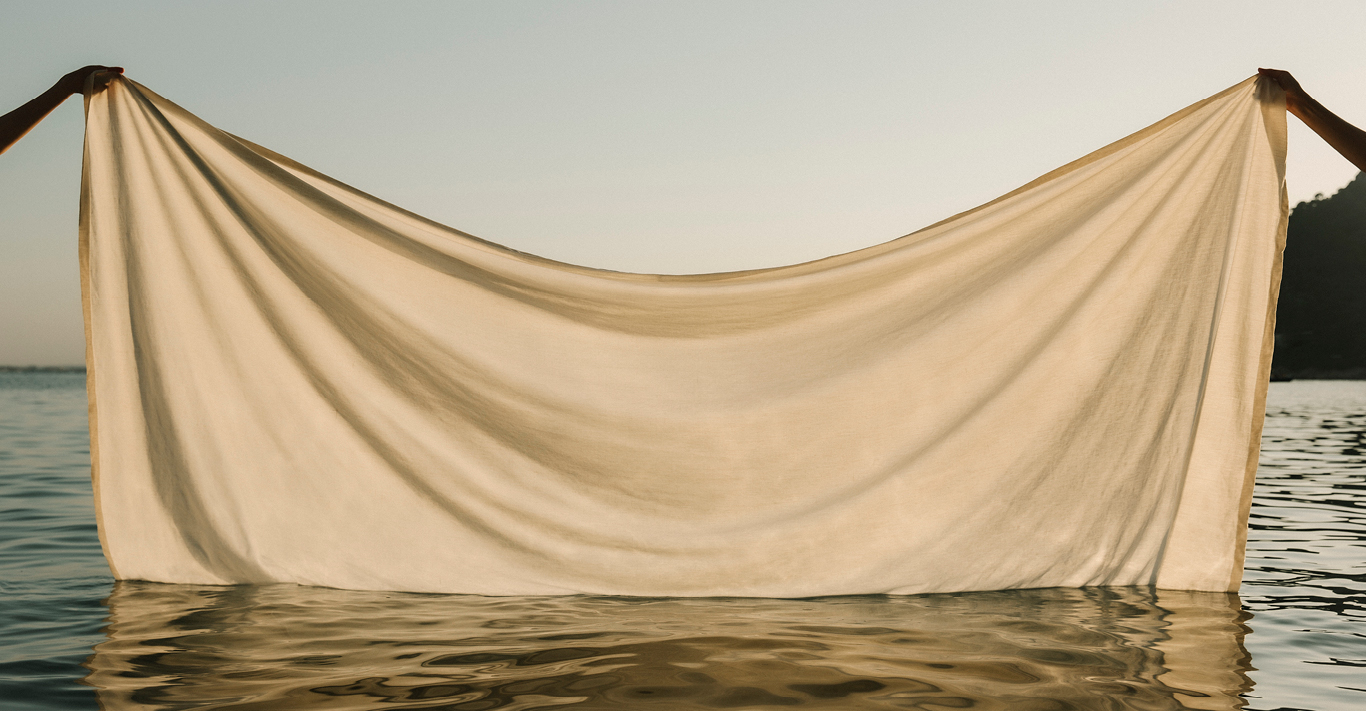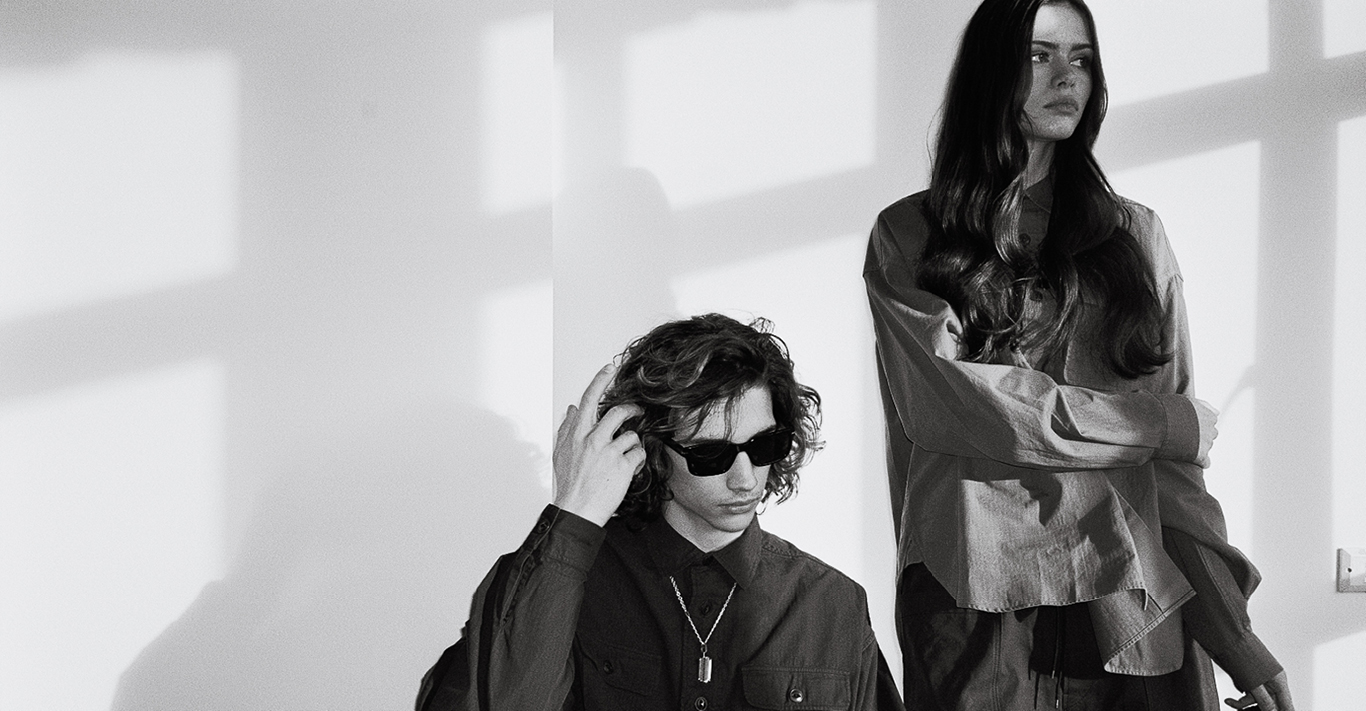WORDS
Peter Howarth
Giorgio Armani came to photography early. It was an interest inspired by his love of film as a child, when he would travel to the cinema in the big smoke of Milan to catch the latest imported American Westerns. From these, he graduated to the work of the Italian Neorealists, and it was in the cinematography of the powerful black-and-white masterpieces by the likes of Vittorio De Sica and Luchino Visconti that the young Armani found the germ of his visual aesthetic.
He picked up a stills camera, and by his late teens, while studying medicine, was experimenting with taking pictures as a way of feeding a growing creative hunger. The hobby facilitated his transition into the world of fashion – having abandoned the idea of becoming a doctor, Armani brought some images he’d taken of his sister Rosanna to show a senior manager at Milan’s famous department store, La Rinascente.
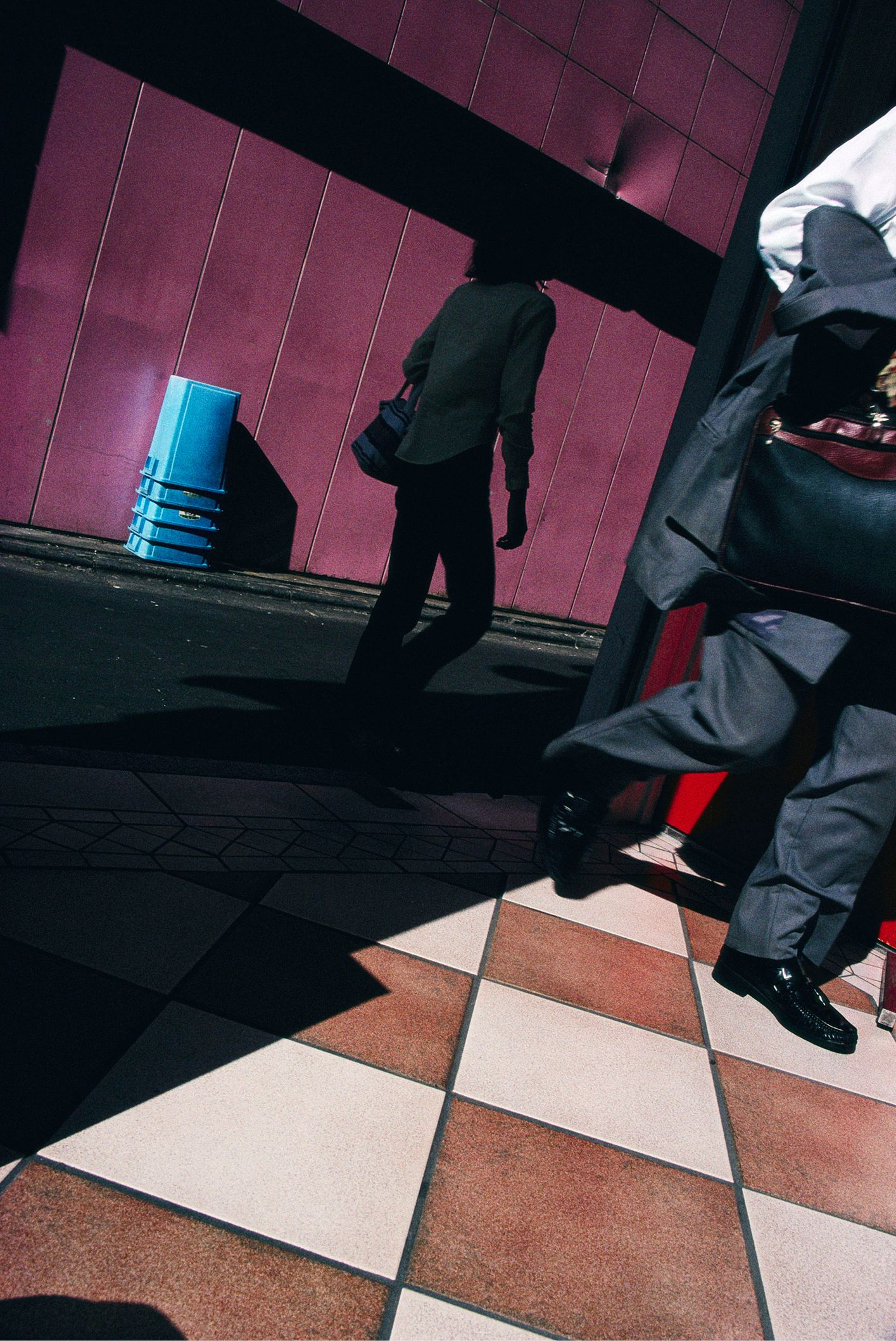
‘In hindsight, they were not that good,’ says the designer today, although his sister did indeed go on to be a model. ‘But the woman at the store saw something in them – or in me – and offered me a job.’ He became a window dresser, then a menswear buyer, for the store and this led him to be hired as a designer by Nino Cerruti. The Armani we know today was being forged.
When it came to launching his own collection in 1975, of course the camera was the tool to capture and promote his new venture. From the outset, Armani harnessed the power of image-making to portray his pioneering, softly tailored, androgynous modern look. The house photographic style of choice then, as it still does today, owed much to the Neorealists. Often in black and white, the simple, beautifully lit pictures of Armani men and women have come to be part of popular culture. ‘Photography has always fascinated me because the emotion it inspires is very similar to the sense of surprise felt when observing reality from an unexpected point of view,’ says the designer.
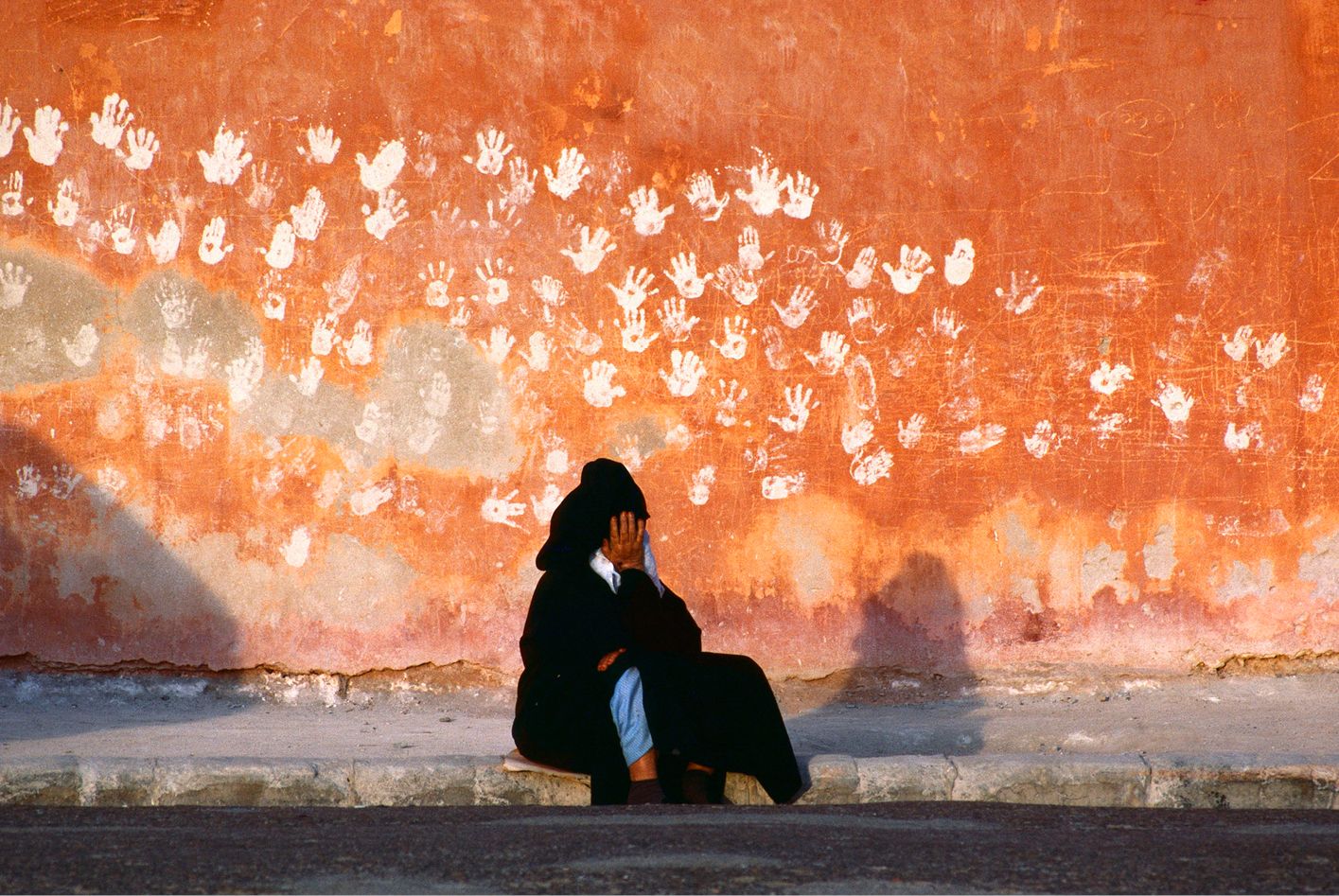
In 1988, Giorgio Armani’s relationship with the art of photography underwent a step change. Having launched his Emporio Armani collection in 1981, a youthful line aimed at the burgeoning street culture scene, the designer decided to pursue some innovative marketing activity and, seven years later, launched a magazine. While today brand magazines are commonplace, 40 years ago the idea was fresh and unconventional. ‘The aim was to communicate the Emporio Armani world through photographs, with the strong idea and emotions that were at its base,’ recalls Armani. And that sister who had been his model was invited to contribute her own refined eye: ‘Photoshoots were made ad hoc, thanks to the major contribution of my sister Rosanna, who supervised the direction and image of the magazine. The real stars were the garments, which were “interpreted” by great photographers.’
The magazine would prove to be the perfect promotional tool, and photography the key to expressing its fresh spirit. This became apparent when, in 1984, the designer took on a huge poster site, now known as the Armani “mural”, on Via Broletto in Milan, which to this day hosts photographic images of Emporio Armani. So, some four decades ago, brother and sister Armani set about scouting for photographers to help create striking and memorable images. Many of these have now entered into the lexicon of classic fashion pictures: work by Roxanne Lowit, Aldo Fallai, Enrique Badulescu, Norman Watson, Max Vadukul and Peter Lindbergh among them.
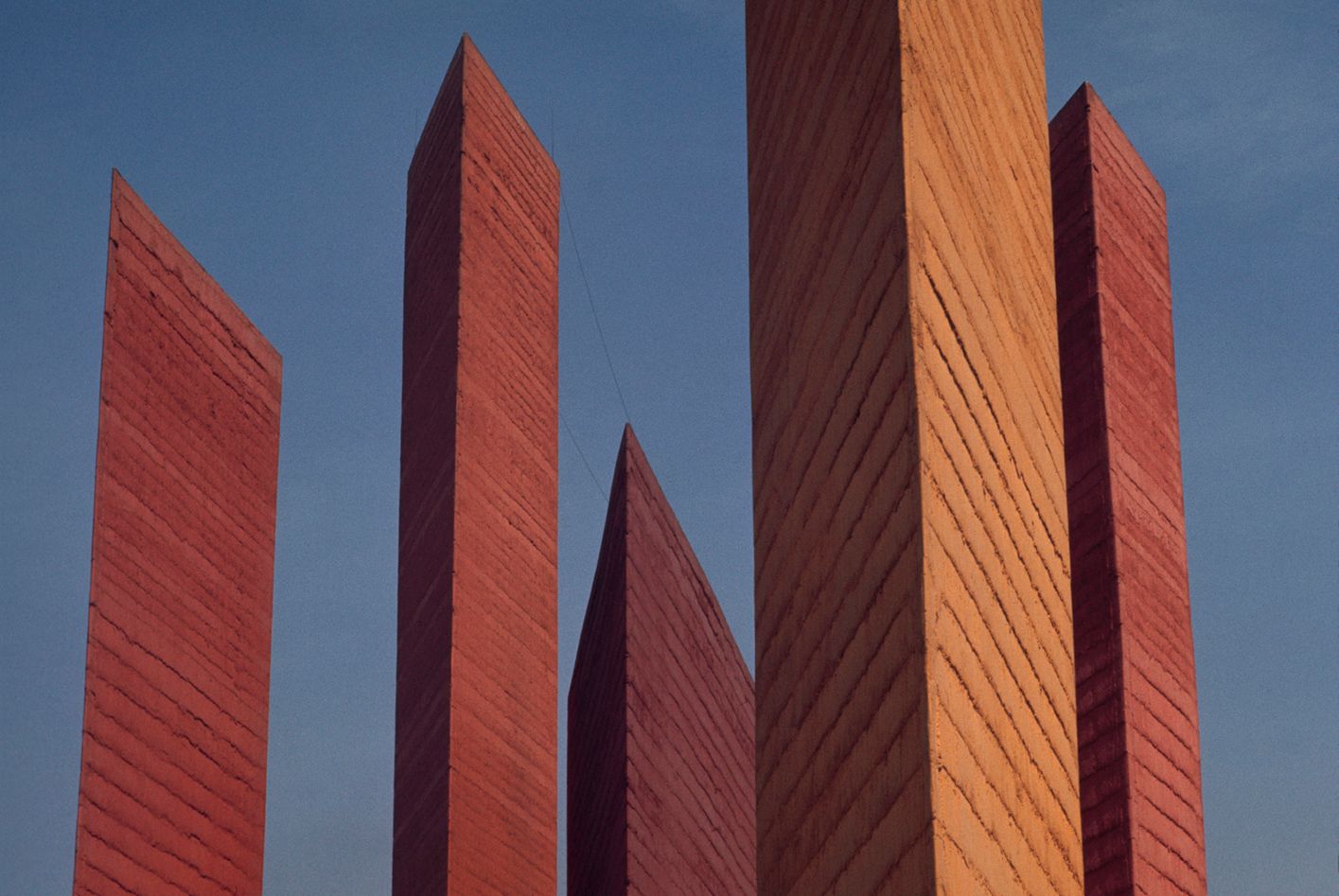
‘It is difficult to choose,’ says the designer when asked his favourites. ‘I always thought that Paolo Roversi’s images were able to express a powerful sensuality, giving my clothes that strong interpretative personality that I wantedt o convey when I created them,’ he says. But two others became major collaborators – Aldo Fallai and Peter Lindbergh: ‘Of course, the photos taken by Aldo Fallai for Emporio Armani man, that seem hand-painted, as well as those by Peter Lindbergh, in particular for women, made a big impact; their charm has remained unchanged.’
Fallai and Lindbergh remained long-term collaborators, working across both Emporio and Giorgio Armani. And after Lindbergh passed away in 2019, the following year the designer staged a retrospective of his work at his Armani/Silos exhibition space in Milan, called Heimat. A Sense of Belonging. The show, which displayed some of the German photographer’s lesser-known work, provided a big clue as to why the two men remained creatively connected for decades. Lindbergh’s portraits are stripped down and apparently without artifice, showing women in a powerfully honest way. In his resolve to present women as proudly strong and unadorned, Lindbergh chimes with the Armani aesthetic philosophy of simple, refined elegance.‘
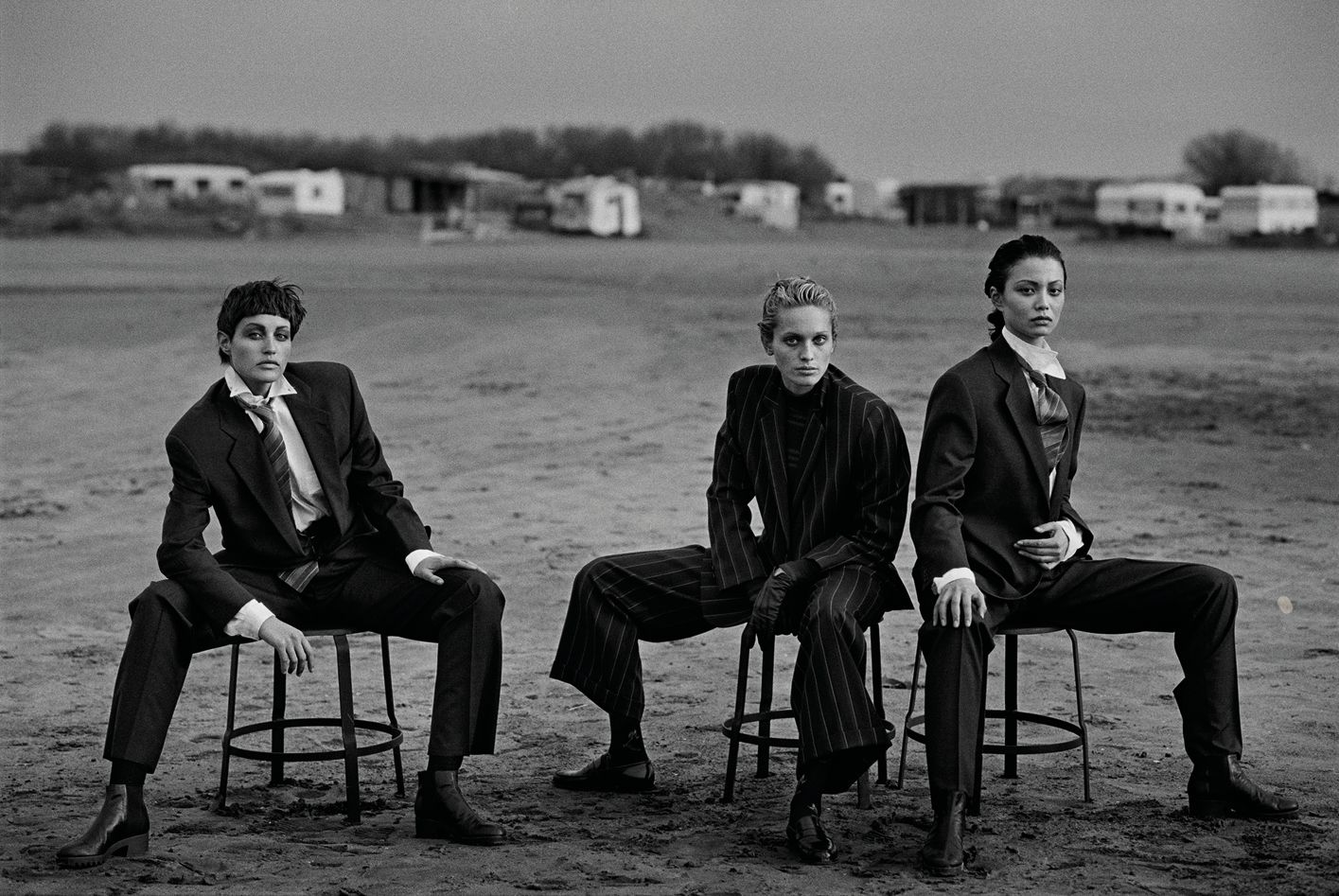
I have always admired Peter for the consistency and intensity of his work,’ says Armani. ‘Timelessness is a quality I personally aspire to, and one that Peter definitely possessed. With this exhibition, I wanted to pay tribute to a wonderful professional companion whose love for beauty represents an indelible contribution to our culture, not just to fashion.’
The Lindbergh exhibition at the Armani/Silos has been just one of many photographic shows presented there by the designer as expressions of his passion for the art. The latest, on display until 6 November, is Magnum Photos – Colors, Places, Faces, a collection of work from the famous Magnum photographic cooperative, by artists both living and dead.
The concept is simple: why not celebrate the big, wide, energetic world we have been cut off from for the past couple of years through a visual journey comprising lively colour images by10 photographers – portfolios that show scenes from a number of different global locations?
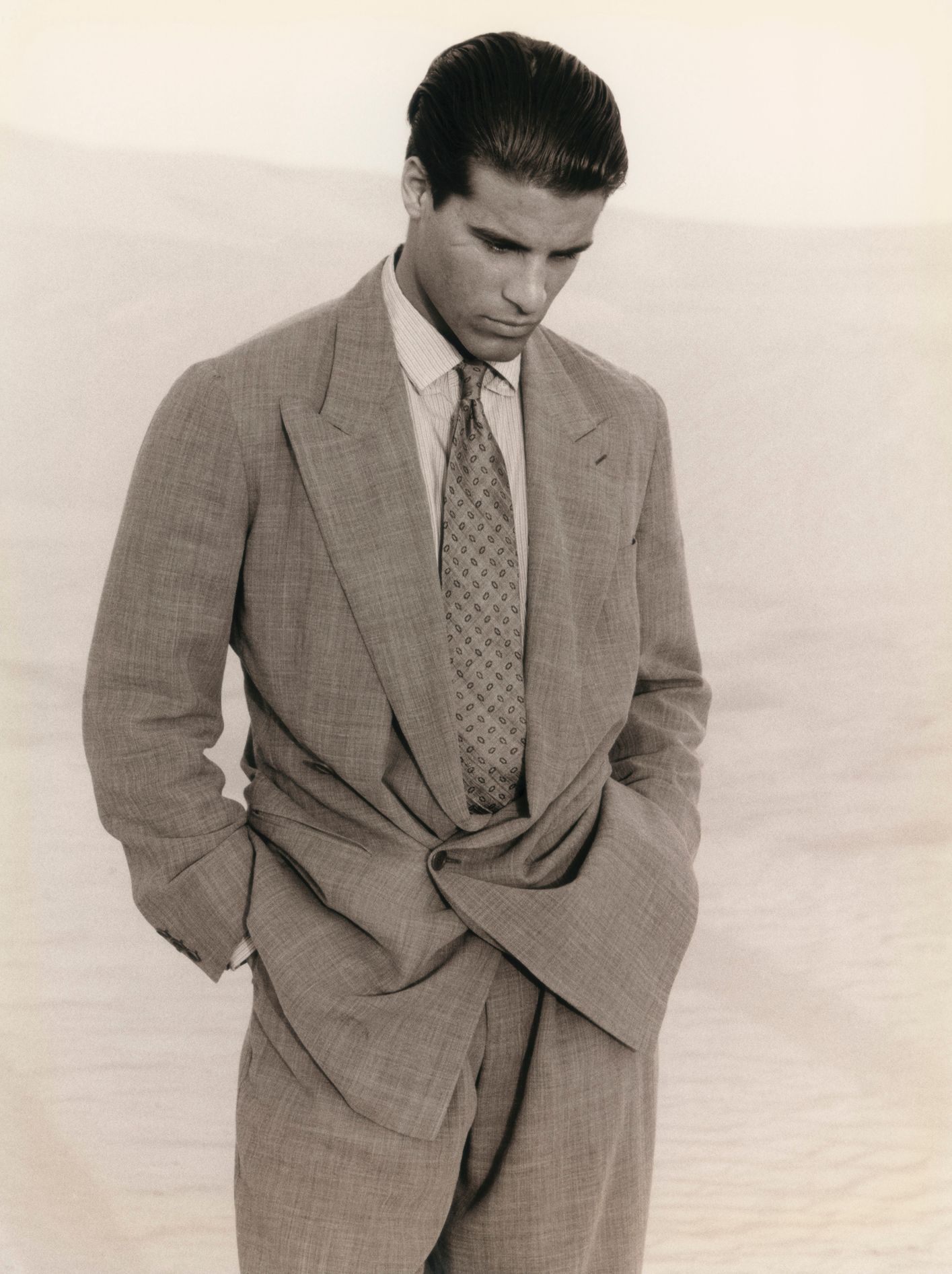
Giorgio Armani chose the photos himself, and his selection may come as a surprise as, unlike the work in the Lindbergh exhibition, it reflects his personal subdued and understated aesthetic. Only Christopher Anderson’s work in China, with its low-key cinematic quality, looks like it might have originated from the Armani school of art direction.
On the other hand, the vibrant, wry images of British society by Martin Parr are decidedly devoid of the nuanced elegance of Armani, while Olivia Arthur’s series of scenes of Dubai have an other-worldly quality that befits a project conceived as a comment on the transformation of this village in the desert into a huge megalopolis. Arthur imagined her project as Dubai seen through the eyes of someone who is cast away from the city and returns 50 years later to witness the extraordinary change that has taken place.
What the exhibition demonstrates is that the designer’s interest is not confined to artists who mirror his own tastes: ‘I admire the work of the Magnum photographers, which I got to know when I began to see the world with new eyes,’ he explains. ‘Magnum Photos – Colors, Places, Faces takes us on a colourful journey through worlds and cultures near and far, transfigured by each of the artists, through their own personal vision. It is the attention to reality that fascinates me about their photographs, which are never simple reportages Bruno Barbey/Magnum Photos; Rene Burri/Magnum Photos, Peter Lindbergh/Emporio Armani Magazin eand are all so different from each other.’
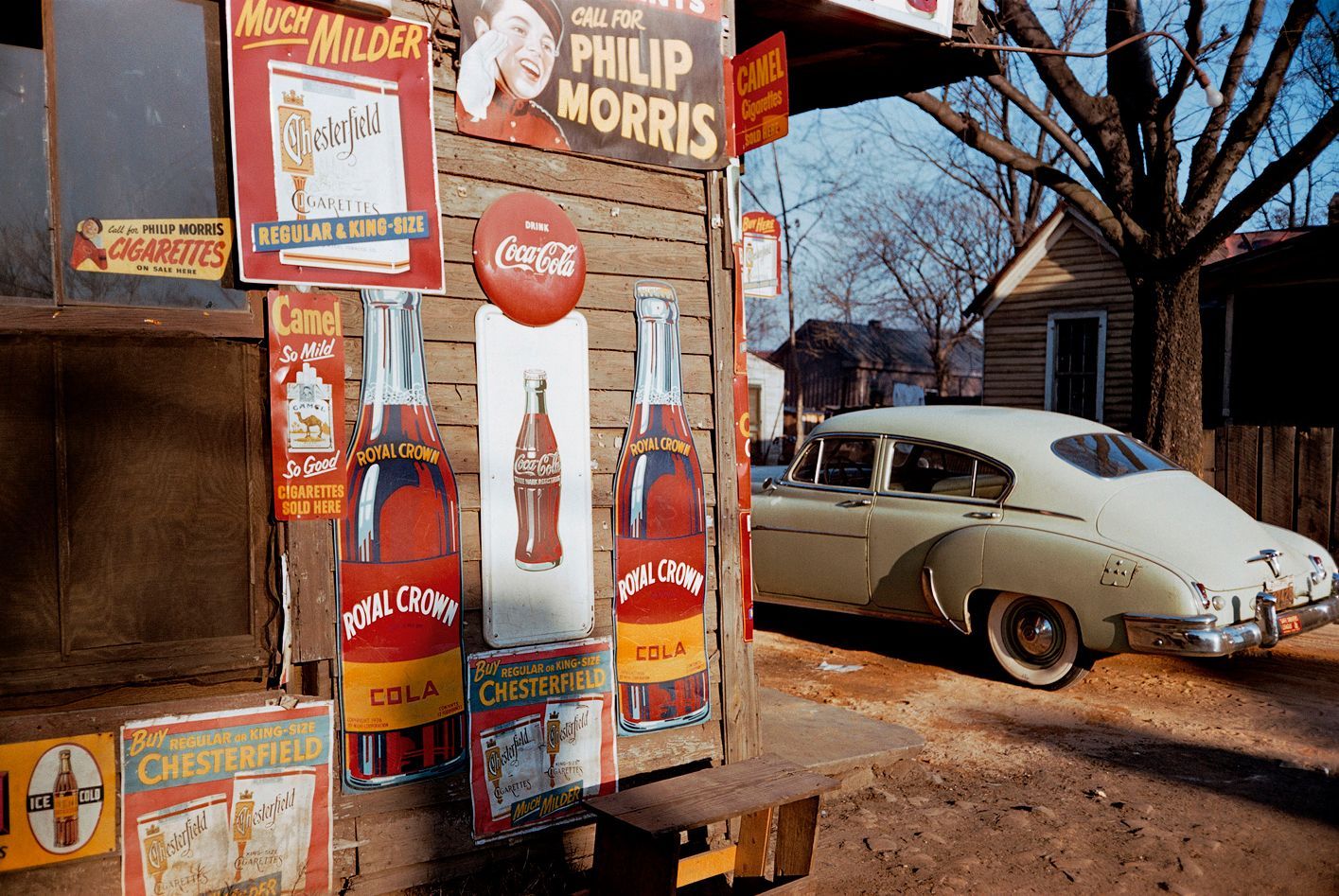
And while we are treated to images of New York, Morocco, Latin America, Mexico City, Tokyo, Venice, Brasília, France, Dubai, China, the Caribbean and Ascot, notably there is not a single fashion photograph among them, speaking of the designer’s love of the medium beyond its significance for his business. For several years, Giorgio Armani was an official partner of the world’s largest international art fair dedicated to photography, Paris Photo. The partnership took the form of ACQUA by Giorgio Armani, an annual exhibition of pictures that explored images of water, a key theme for the brand.
But of course, fashion photography remains the stock in trade of Armani’s day-to-day relationship with image creation. And since the early years of championing the likes of Paolo Roversi and Peter Lindbergh, the designer has continued to work with many leading names in the field, including Sølve Sundsbø, Boo George, Craig McDean, Mert Alas and Marcus Piggott, and Steven Meisel. However, what is striking, is that whoever is behind the lens, the outcome bears the Armani signature, testament to the powerful aesthetic the designer has developed.
‘Fashion photography can not only be beautiful, but also capable of creating excitement,’ says Armani. ‘I’m not an art collector, as I believe that works should be on show to everyone. But for photography I make an exception. I love it because it has always been among the art forms– alongside cinema – for which I have an innate intuition. I have some black-and-white pictures of various subjects; they share space on a large wall where I’ve hung mostly sketches and drawings.
’Maybe one day these too will be shown at Armani/Silos? Let’s hope so.
Magnum Photos – Colors, Places, Faces is at the Armani/Silos in Milan until 6 November 2022; armani.com; armanisilos.com


